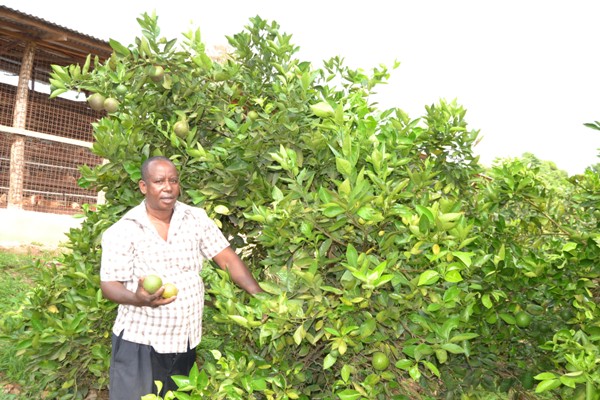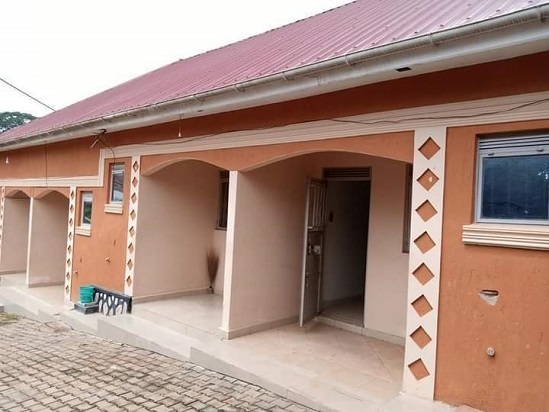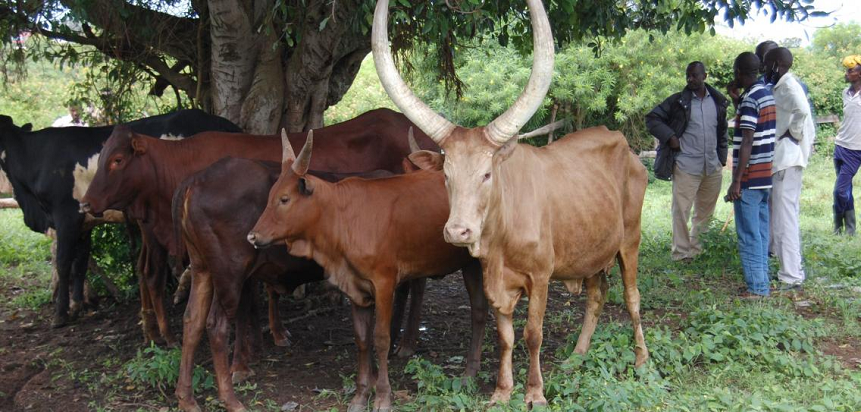Tomato growing is one of the seasonal moneymakers, that farmers should go for.
There are mainly two seasons of tomatoes a year, however if one uses irrigation, tomatoes can be grown all year round. Countries like South Sudan, Democratic Republic of Congo (DRC) and Rwanda are the major markets for tomatoes grown in Uganda.
Most tomato losses start from the farm, during the growing period and after harvest. Generally, good agronomic practices will save farmers post-harvest losses.
Pest and diseases like Tuta absoluta, caterpillars, tomato blights, anthracnose and bacterial speck are the lead causes of post-harvest losses in tomatoes. During rainy seasons, anthracnose, bacterial speck, damping off, powdery mildew, early and late tomato blight are common.
Sometimes the tomato will look good when harvested but two days later, you find it going bad. This may be due to Tuta absoluta embedded in it. Farmers should also avoid harvesting immature tomatoes. Delayed harvesting also leads to losses as the fruit is perishable. In most cases, marketing losses occur due to glut or spoilage.
Grow tomatoes with longer shelf-life
There are two major qualities in tomatoes that can guarantee longer shelf-life namely the outer cover and juicy content of the fruit. The tougher the outer cover, the longer it lasts. Tomatoes with more juicy content after ripening go bad easily. Of course, factors such as fertilizers applied, pest and diseases play a major role in the shelf-life of tomatoes.
Favorable conditions for storing your tomatoes
Have the area in controlled environment in such a way that there is enough ventilation to reduce the accumulation of heat from respiration. For longer-term storage, ripe tomatoes can be stored at temperatures of about 10–16°C and 85–95 per cent relative humidity. The area should be free from moisture.
Post-harvest technologies available for farmers
There are special packaging products that prolong the shelf-life of fresh farm produce. They include Xtend bags which prolong for more than 10 days. Another technology a farmer can apply is to use solar energy to cool rooms where tomatoes are stored. Alternatively, use charcoal coolers to store the tomatoes after harvest.
Package your tomatoes properly for transporting to the market
A simpler material is plastic sorting crates. The crates provide more ventilation and are less damaging to the produce than traditional wooden boxes. The plastic crates reduce tomato loss in transit by 78 per cent and are ideal for transporting not only tomatoes but also any other vegetables.
These crates are designed to interlock without causing any bruises on the tomatoes during transportation. The wooden boxes host 60 to 100kg of tomatoes, so when they are piled on each other, tomatoes arrive in the market squashed. Besides, wooden boxes are rough, and once the fruit gets a small bruise, infections set in.
Challenges farmers face in reducing post-harvest losses in tomatoes
Most farmers lack knowledge and information on how to minimise post-harvest losses. Some of the losses are avoidable, for instance, if only they did research on the market need, used the right seed and spray suitable crop protection chemicals on time. The market trend is a key determinant to everything in the tomato value chain.
How can farmers look for tomato market?
Establishment of co-operatives will help them have collection centres for the produce and reach bigger market. If there is over production, they can easily add value to the tomatoes instead of letting them go bad and throwing them away.
Credit: Office of Agric Minister






How can we add value.give us techniques of making things like tomato sauce.any way thanks for the advice.